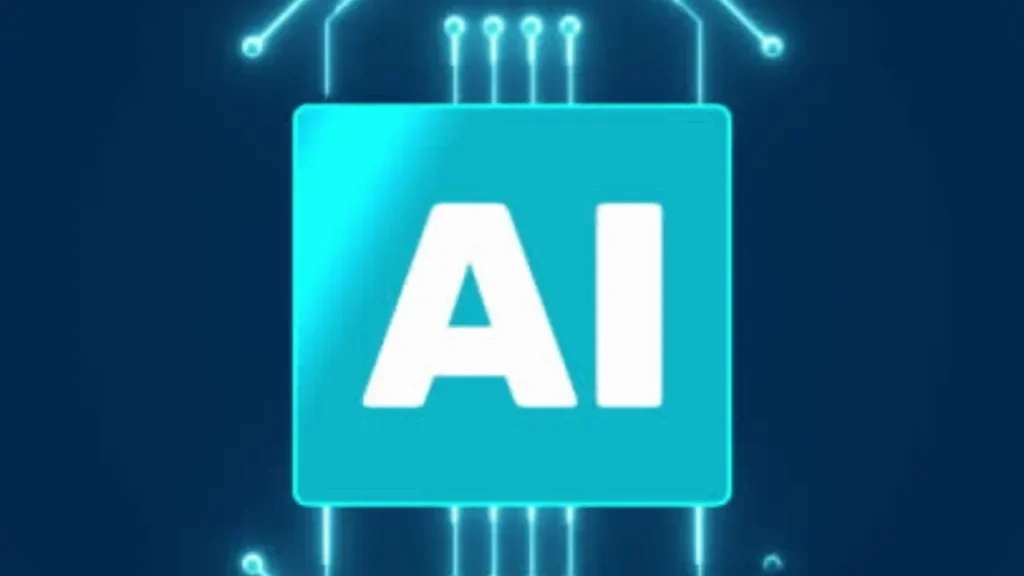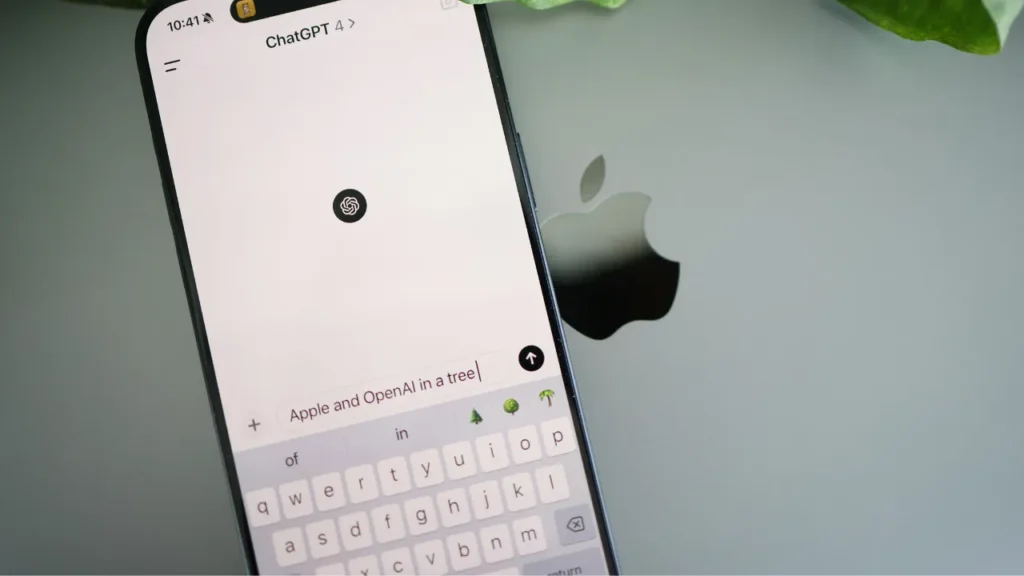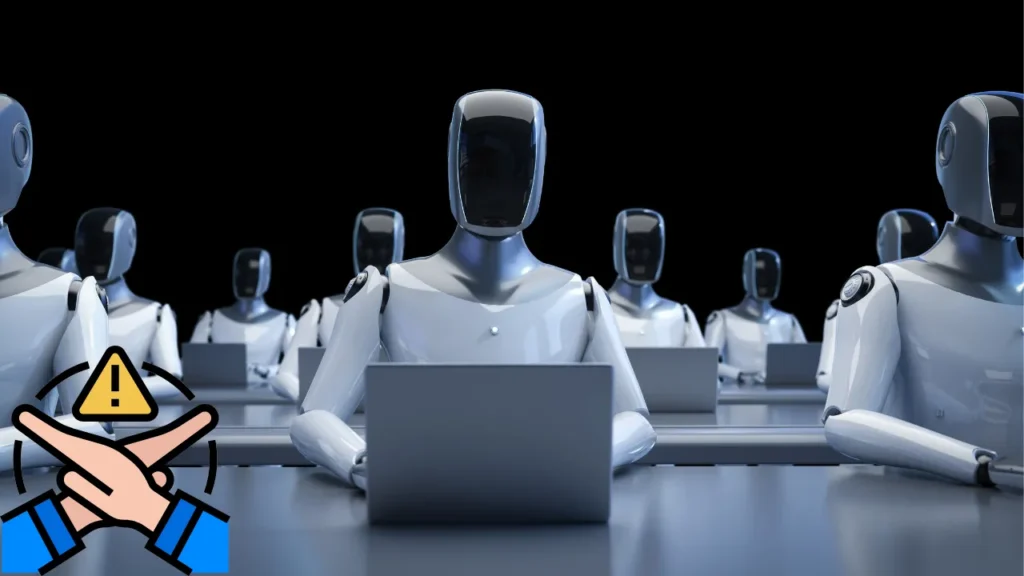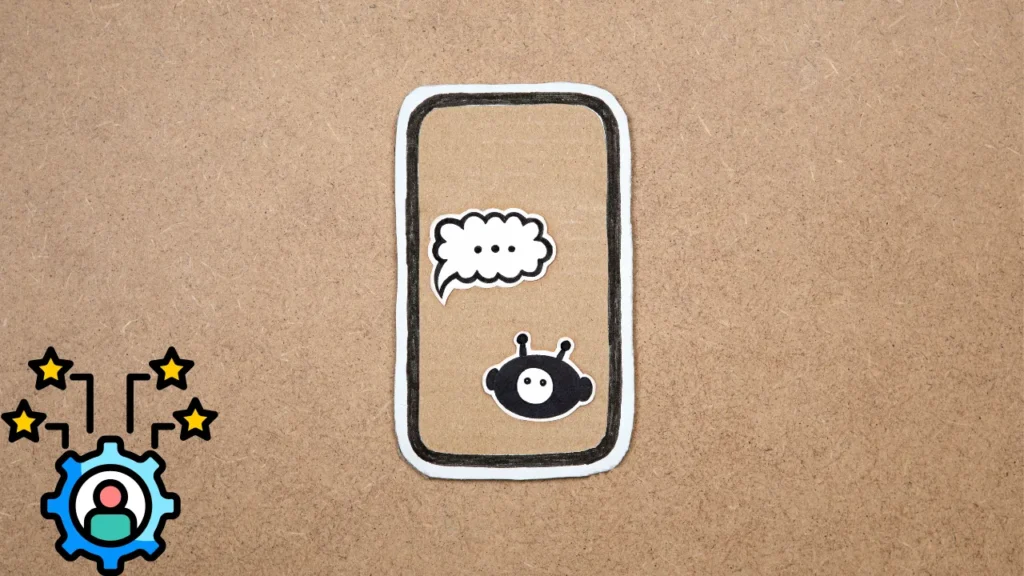ChatGPT Generative AI is changing how we use technology.
Does it represent the future of driven by AI content production, or is it just another chatbot?
To put it straightforwardly, ChatGPT is a sophisticated AI language model created to produce text that sounds human. It can write articles, help with coding, respond to queries, and even start interesting discussions.
It was created by OpenAI which utilizes the deep learning to comprehend context and generate responses that are logical and natural.
What distinguishes ChatGPT from other artificial intelligence applications, though?
In what ways does it develop and acquire knowledge over time?
We can begin as we examine its potential, constraints, and practical uses in this article.
To avoid AI detection, use Undetectable AI. It can do it in a single click.
Table of Contents
What is Generative AI?

Generative AI is a branch of artificial intelligence that focuses on producing original content, such as text, images, audio, video, 3D models, and synthetic data. The key technology used in this field to identify patterns in training data and produce new outputs is machine learning algorithms, in particular deep learning models.
According to Dataversity, Generative AI has a fairly short history, with the technology being initially introduced during the 1960s, in the form of chatbots.
Natural language processing is used by some generative AI models to comprehend and generate human language, while other models may concentrate on visual or aural data without NLP. Deep learning and, when applicable, natural language processing (NLP) enable these models to decipher user inputs and produce training-aligned content.
Examples of generative AI include ChatGPT and Google Gemini (formerly Bard) for text generation, GitHub Copilot for code generation, and Midjourney and DALL-E 2 for image generation. New models and applications keep appearing as the field develops, pushing the limits of what artificial intelligence is capable of producing.
A Brief History of Generative AI
Generative AI has evolved rapidly over the past decade. Early AI models were rule-based and limited in creativity. The introduction of neural networks and deep learning enabled the development of sophisticated AI such as OpenAI’s GPT series.
Generative AI was introduced in the 1960s with early chatbots. However, the field took a major leap in 2014 with the introduction of Generative Adversarial Networks (GANs), which allowed AI to create realistic images, videos, and audio of real people (Barstow Library).
GPT-2 and GPT-3 paved the way for advanced iterations such as GPT-4 and GPT-4o, which showcase improved contextual understanding and creativity. Milestones include:
- 2014: Generative Adversarial Networks (GANs) revolutionized AI-generated visuals.
- 2018: BERT (Bidirectional Encoder Representations from Transformers) introduced bidirectional context understanding.
- 2020: GPT-3 set new benchmarks in natural language generation.
- 2023-2025: AI models such as GPT-4o and Google Gemini push the boundaries of text and multimodal AI capabilities.
What is ChatGPT?

One example of generative AI in action is ChatGPT from OpenAI. Large language models (LLMs), which have been trained on enormous volumes of data, serve as the basis for this AI chatbot’s ability to generate text that is humanoid. ChatGPT began by using GPT-2 and GPT-3 to offer users a conversational experience.
Text inputs, also referred to as prompts, were submitted by users, and ChatGPT used natural language processing (NLP) technology to analyze and produce outputs. The latest versions, GPT-4 and GPT-4o, have enhanced capabilities such as processing complex inputs, producing better output, and accepting image prompts.
With over 100 million users worldwide, ChatGPT’s sophisticated features and functionality enable a wide range of use cases. These include the creation of music and lyrics, chatbots and virtual assistants that operate in real time, and additional ones.
It is also being an invaluable resource for creating cover letters and resumes that are specific to job descriptions, drafting emails, and helping with other writing assignments.
Here is an example of ChatGPT’s answer to the question, could you write a poem about flowers?
How ChatGPT Operates?
ChatGPT Generative AI is trained on massive datasets, including books, articles, and web content. It employs transformer models to understand and generate text. Developers fine-tune responses to enhance accuracy and minimize biases.
Read Also >>> Canva AI Art Generator
ChatGPT Generative AI processes user prompts, applies learned patterns, and produces coherent responses. With over 100 million users worldwide, ChatGPT supports various applications, including resume writing, email drafting, and creative writing.
Is ChatGPT Generative AI?
ChatGPT is indeed a generative AI application. This type of artificial intelligence technology produces text responses that resemble those of a human. ChatGPT belongs to a larger group of AI programs created to produce original text, graphics, music, and other types of content.
ChatGPT was created by OpenAI and uses a large language model to comprehend user input and produce pertinent and organized text.
Key Features of ChatGPT Generative AI
Among ChatGPT’s capabilities are these:
- Create text that is humanoid by imitating the input data’s structure and style.
- Create a response to an input text or prompt. Writing a story or responding to a query are two examples of this.
- Produce text in several languages.
- Change the generated text’s style (formal or informal, for instance).
- To gain a better understanding of the purpose of the input data, ask clarifying questions.
- Provide a response that is appropriate for the conversation’s context, such as providing instructions for further action or acknowledging allusions to earlier queries.
Limitations and Risks Associated with ChatGPT Generative AI

Despite being an effective application ChatGPT Generative AI has drawbacks. These transformer models are incapable of using common sense reasoning. This could happen in a restricted capacity to manage intricacy, subtlety, and inquiries concerning feelings, values, beliefs, and abstract ideas.
ChatGPT sometimes generates plausible-sounding but incorrect or nonsensical answers. Fixing this issue remains challenging, as there is no definitive source of truth to validate all responses (University of Louisville Library).
These restrictions may appear in a variety of ways:
- The ChatGPT model is not human, even though some of its output might sound that way. There are some implications to this. It might not be able to handle ambiguity, subtlety, or irony or sarcasm adequately.
- ChatGPT and other artificial intelligence models are only as accurate as the data they use. Large volumes of text data from the internet, including biased input, were used to train this model. The generated text may contain offensive or biased responses if the model was trained using biased data.
- The model is not linked to the broader internet and has little understanding of events that have occurred after 2021.
- ChatGPT has a tendency to overuse specific phrases and can produce text that is similar to preexisting text.
- There are some capacity issues as an effect of ChatGPT’s explosive popularity. This message may appear when the servers are overloaded: ChatGPT is at capacity
Practical Applications of ChatGPT Generative AI

Applications of modern AI frequently combine several technologies to accomplish particular objectives. By utilizing the advantages of different generative artificial intelligence (AI) technologies, such as ChatGPT Generative AI, we can develop complete and efficient artificial intelligence (AI) systems for business and other applications.
Harvard Online explains that ChatGPT is a chatbot developed by OpenAI that uses generative AI and natural language processing to simulate human-like conversations, assisting users with tasks such as drafting emails, essays, code, and more (Harvard Online).
We could consider some instances:
- Consider a project where thorough textual descriptions are required for AI-generated visual content. Here, ChatGPT offers a rich and comprehensive description, while DALL-E could be provided a brief and asked to create the visual.
- AI has enormous educational potential. An AI tutor could use ChatGPT to walk a student through the lesson with explanations while using an app such as Deep Dream to produce graphical content that illustrates a concept.
- ChatGPT can help content creators with writing marketing copy or articles. After the draft is complete, SEO applications such as Moz can recommend improvements, and generative artificial intelligence applications such as Grammarly can polish the grammar and style.
These recommendations can then be incorporated by ChatGPT to create interesting and search engine optimized content.
- Resources such as Semrush can offer comprehensive insights and reports in the field of market analytics. ChatGPT can help stakeholders who may not be familiar with technical jargon by converting these insights into presentations or summaries that are simple to understand.
Tips for Using ChatGPT Generative AI Effectively

To maximize the benefits of ChatGPT Generative AI, consider these expert strategies:
- Use Detailed Prompts: Provide specific instructions for accurate responses.
- Refine Outputs: Iterate responses by tweaking prompts for clarity and depth.
- Cross-Check Information: Validate AI-generated content with authoritative sources.
- Use Custom Instructions: Tailor responses to meet specific requirements.
- Combine AI applications: Integrate ChatGPT with other AI models for enhanced outputs.
One of the key limitations of generative AI tools, including ChatGPT, is their dependency on well-structured prompts. Without clear instructions, the output may lack accuracy and depth (Gauss Algorithmic).
Conclusion: ChatGPT Generative AI
The way we produce and engage with digital content is being completely transformed by ChatGPT and other generative AI models. AI-driven technologies continue to influence a variety of industries, from helping with writing assignments to enabling intelligent chatbots and streamlining workflows.
However, issues such as bias, data limitations, and sporadic errors underscore the significance of ethical considerations and human oversight. Applications of AI can grow in sophistication as it develops, creating new opportunities for creative endeavors, education, and business.
Understanding ChatGPT’s features and limitations is necessary, regardless of whether you are using it for productivity, learning, or content creation.
How do you see ChatGPT Generative AI impacting your daily life or industry in the next few years?
Share your thoughts in the comments below!
FAQs: ChatGPT Generative AI
What is Generative AI?
Generative AI refers to a subset of artificial intelligence that focuses on creating new content rather than merely analyzing existing data. This includes generating text, images, music, and further, using complex algorithms and AI models.
The field has advanced significantly, with models such as ChatGPT demonstrating the ability to produce humanoid text by utilizing vast amounts of training data to learn patterns in language.
How does ChatGPT fit into the landscape of Generative AI?
ChatGPT is an example of a generative AI model developed by OpenAI. It utilizes a generative pre-trained transformer architecture to understand and generate humanoid responses in a conversational context.
By fine-tuning on diverse datasets, ChatGPT can cater to various use cases, including customer support and content creation. ChatGPT is a top application in the realm of generative AI.
What are the key distinctions between ChatGPT and other generative AI models?
While there are several GPT models available, ChatGPT stands out due to its focus on conversational abilities. Other models might excel in generating images or music. The architecture and the training data used also differ, producing variations in performance and application.
Understanding ChatGPT Vs. other models is necessary for selecting the right resource for specific AI applications.
What are the primary use cases for ChatGPT in 2025?
In 2025, ChatGPT is expected to be used in various fields including content generation, customer service, and educational applications. It is appropriate for chatbots and virtual assistants due to its capacity to produce text that mimics humanoid dialogue.
In addition, industries are exploring the potential of generative AI to enhance productivity through automation of repetitive tasks, allowing humans to focus on complex challenges.


